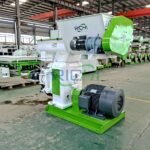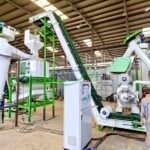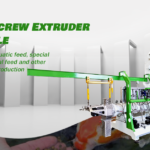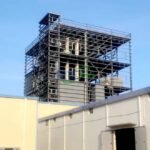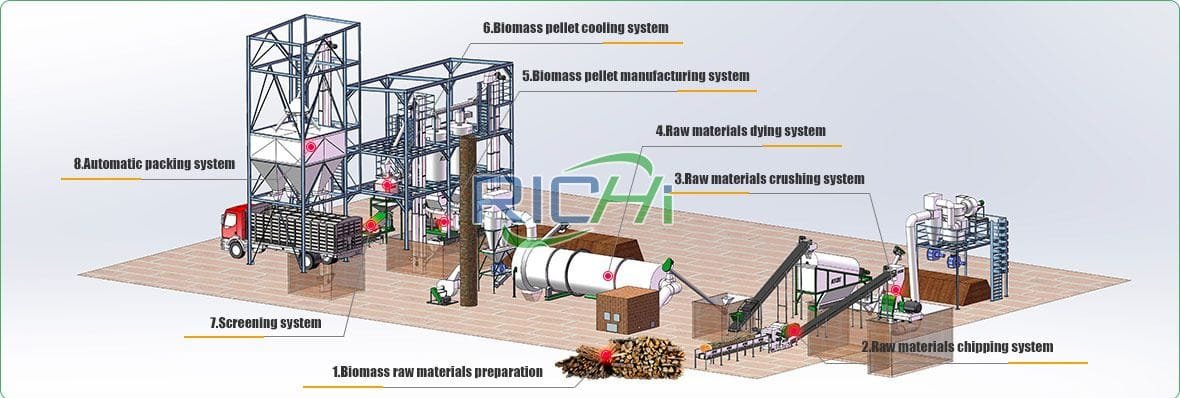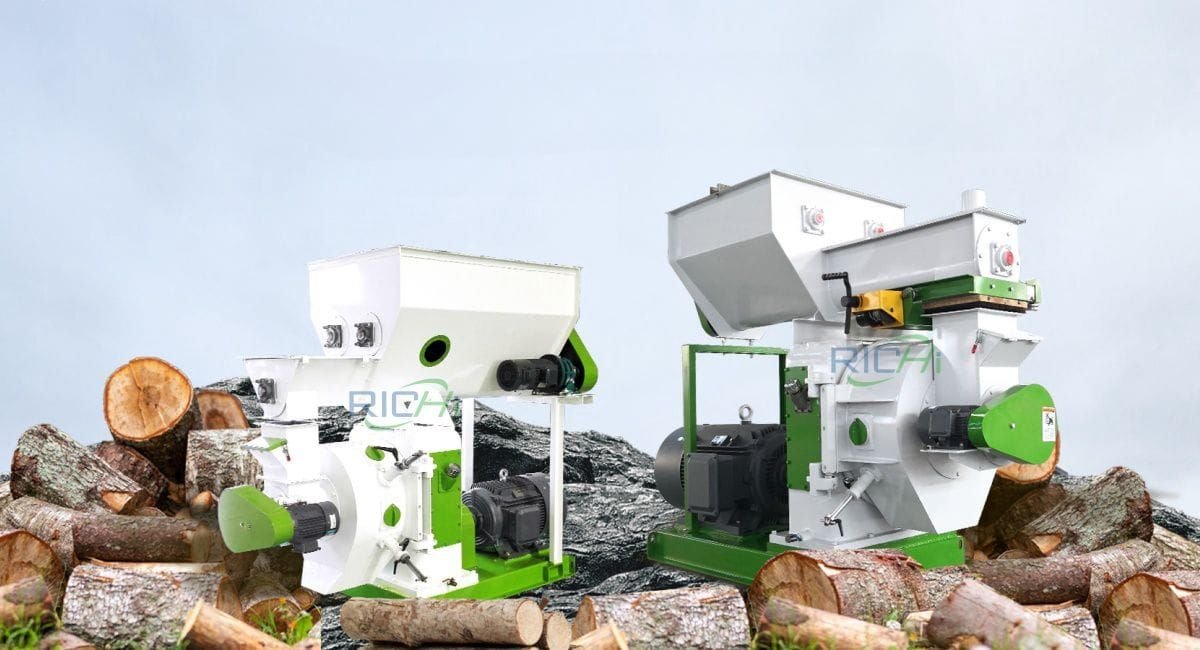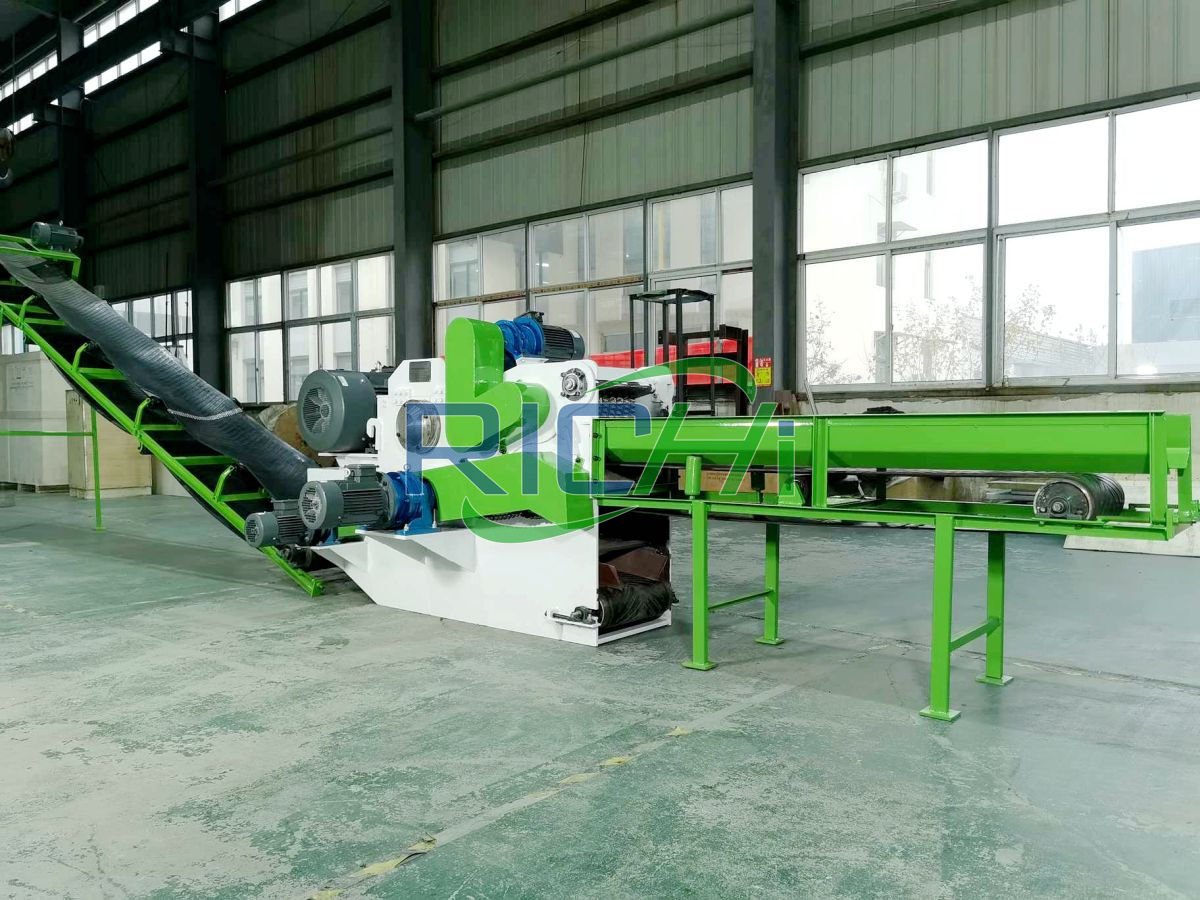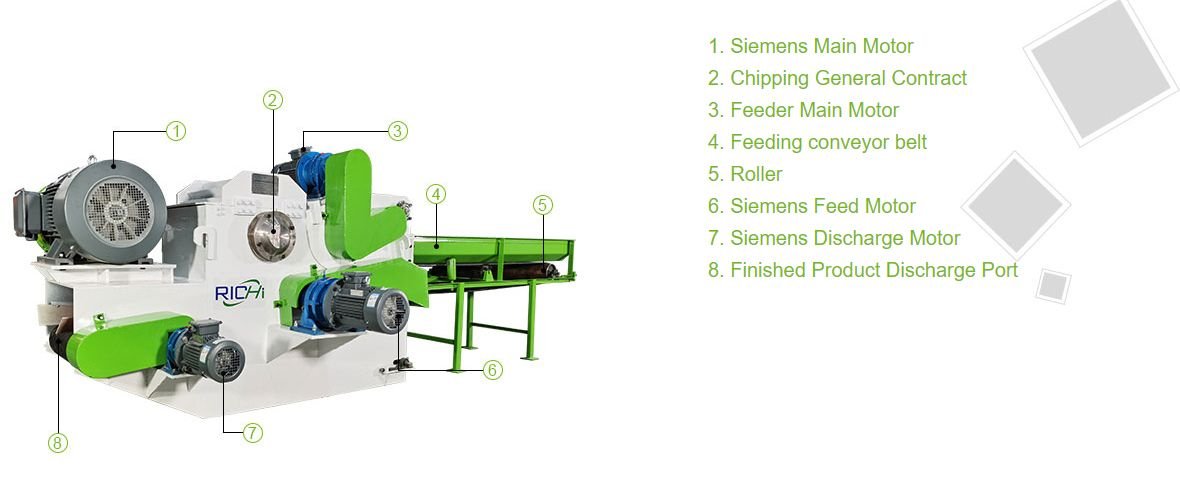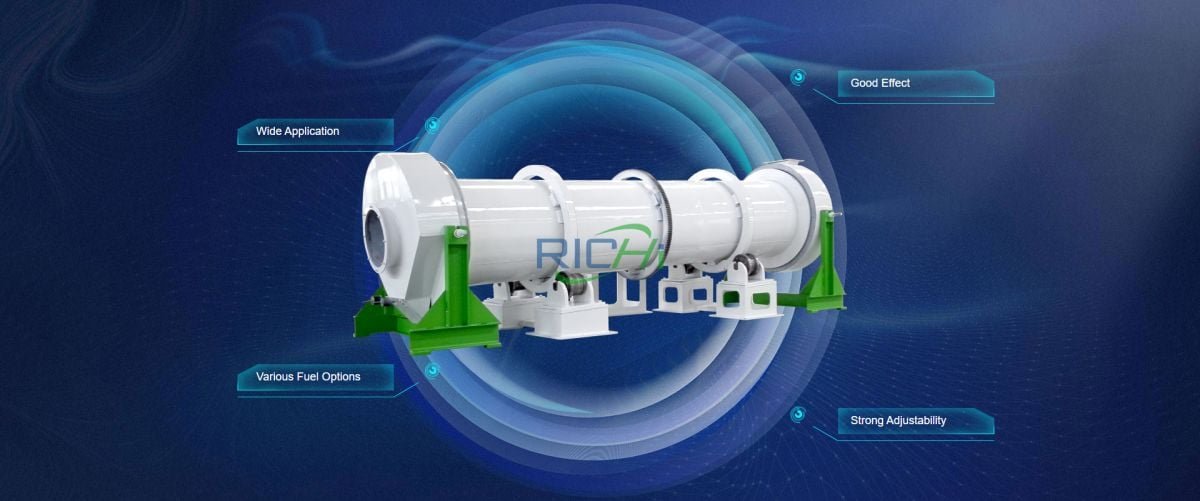In the ever-evolving landscape of renewable energy solutions, biomass has emerged as a game-changer, offering a sustainable and versatile alternative to traditional fossil fuels. At the heart of this burgeoning industry lies the pellet mill line, a sophisticated system designed to transform raw biomass materials into compact, energy-dense pellets, fueling the transition towards a greener and more sustainable future.
The Rise of Biomass Energy
Biomass energy, derived from organic matter such as wood, agricultural residues, and dedicated energy crops, has gained significant traction in recent years. This renewable energy source offers numerous advantages over traditional fossil fuels, including:
- Reduced Carbon Footprint: Biomass is considered a carbon-neutral fuel source, as the carbon dioxide released during combustion is offset by the carbon absorbed during the growth of the biomass feedstock.
- Versatility: Biomass can be converted into various forms of energy, including heat, electricity, and transportation fuels, making it a versatile and adaptable energy solution.
- Waste Utilization: Biomass energy production can utilize waste materials from various industries, such as forestry, agriculture, and municipal solid waste, contributing to a circular economy and reducing waste disposal challenges.
- Domestic Energy Security: By harnessing locally available biomass resources, countries can reduce their dependence on imported fossil fuels, enhancing energy security and economic stability.
- Rural Development: The production and utilization of biomass energy can create new economic opportunities in rural areas, supporting local communities and promoting sustainable land management practices.
As the global demand for renewable energy sources continues to grow, the role of pellet mill lines has become increasingly crucial in unlocking the full potential of biomass energy.
The Pellet Mill Line: A Comprehensive Solution
A pellet mill line is a complete and integrated system designed to transform raw biomass materials into high-quality, energy-dense pellets. This sophisticated setup encompasses a range of specialized equipment and processes, ensuring efficient and reliable pellet production. The key components of a typical pellet mill line include:
- Feedstock Handling and Preparation: This stage involves the collection, sorting, and preprocessing of raw biomass materials, such as wood residues, agricultural waste, or dedicated energy crops. Preprocessing steps may include drying, shredding, and size reduction to ensure optimal pellet production.
- Grinding and Sizing: The preprocessed biomass materials are fed into grinding mills, where they are reduced to a consistent particle size, typically between 3-6 mm. This step is essential for achieving uniform pellet quality and efficient compression during the pelleting process.
- Conditioning: The ground biomass material is conditioned with steam or water to increase its temperature and moisture content. This conditioning process softens the material, facilitating the binding of particles during the pelleting process.
- Pelleting: The conditioned biomass material is fed into the pellet mill, where it is compressed and extruded through small die holes by rotating rollers or a ring die. The resulting pellets are cut to the desired length by knives or a die, ensuring a consistent size and shape.
- Cooling and Drying: After pelleting, the hot pellets are rapidly cooled and dried to prevent further moisture absorption and maintain their structural integrity. This step is crucial for ensuring the durability and quality of the final product.
- Screening and Packaging: The cooled pellets are screened to remove any fines or oversized pellets, ensuring a consistent product. Finally, the pellets are packaged in bags or bulk containers for storage and distribution.
Related post: https://www.richipelletmachine.com/pellet-machine-line/
Factors Influencing Pellet Quality and Efficiency
The quality and efficiency of the pellets produced by a pellet mill line are influenced by several critical factors, including:
- Raw Material Quality: The type and quality of the biomass feedstock significantly impact the pellet quality and production efficiency. Consistent and uniform raw materials are essential for optimal performance.
- Particle Size Distribution: Achieving a uniform particle size distribution through proper grinding is crucial for efficient pelleting and pellet durability.
- Conditioning Parameters: The temperature, moisture content, and conditioning time play a vital role in determining pellet quality, durability, and energy consumption during the pelleting process.
- Die Specifications: The size, shape, and compression ratio of the die holes in the pellet mill affect the physical characteristics and density of the pellets, as well as the energy requirements for the pelleting process.
- Cooling Rate: Rapid and efficient cooling is necessary to prevent pellet degradation and maintain structural integrity, ensuring a consistent and high-quality product.
- Maintenance and Optimization: Regular maintenance and optimization of the pellet mill line, including die replacement, roller adjustment, and process parameter tuning, are essential for maintaining optimal performance and efficiency.
Advancements and Future Outlook
The pellet mill line industry is continuously evolving, driven by the need for increased efficiency, automation, and sustainability. Advancements in areas such as process control, energy optimization, and alternative biomass sources are shaping the future of pellet production.
One notable development is the integration of advanced technologies, such as the Internet of Things (IoT) and machine learning, into pellet mill lines. These technologies enable real-time monitoring, predictive maintenance, and optimized process control, further enhancing the performance and efficiency of the machinery.
Additionally, the industry is exploring the use of alternative biomass sources, such as agricultural residues, energy crops, and municipal solid waste, as potential feedstocks for pellet production. These alternative sources not only contribute to the sustainability of the industry but also provide opportunities for diversification and resource utilization.As the global demand for renewable energy sources continues to rise, the role of pellet lines will become increasingly crucial in meeting the world’s energy needs while promoting sustainable and environmentally friendly practices.
With ongoing research and innovation, these sophisticated systems will continue to evolve, ensuring the biomass energy industry can meet the growing demand for clean, efficient, and reliable energy solutions.In conclusion, pellet mill lines are at the forefront of the biomass energy revolution, transforming abundant biomass resources into a versatile and environmentally friendly fuel source.
As the world continues its journey towards a greener and more sustainable future, these specialized systems will play a pivotal role in powering homes, industries, and communities with clean, renewable energy, paving the way for a more resilient and sustainable energy landscape.


